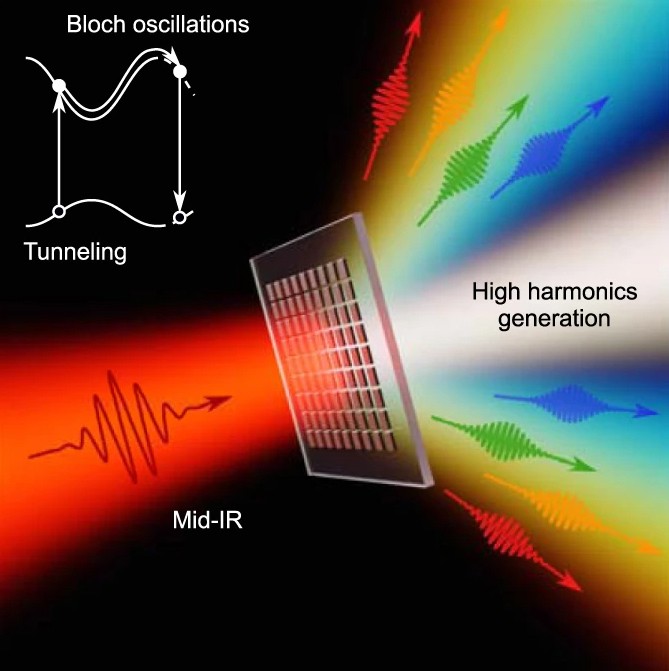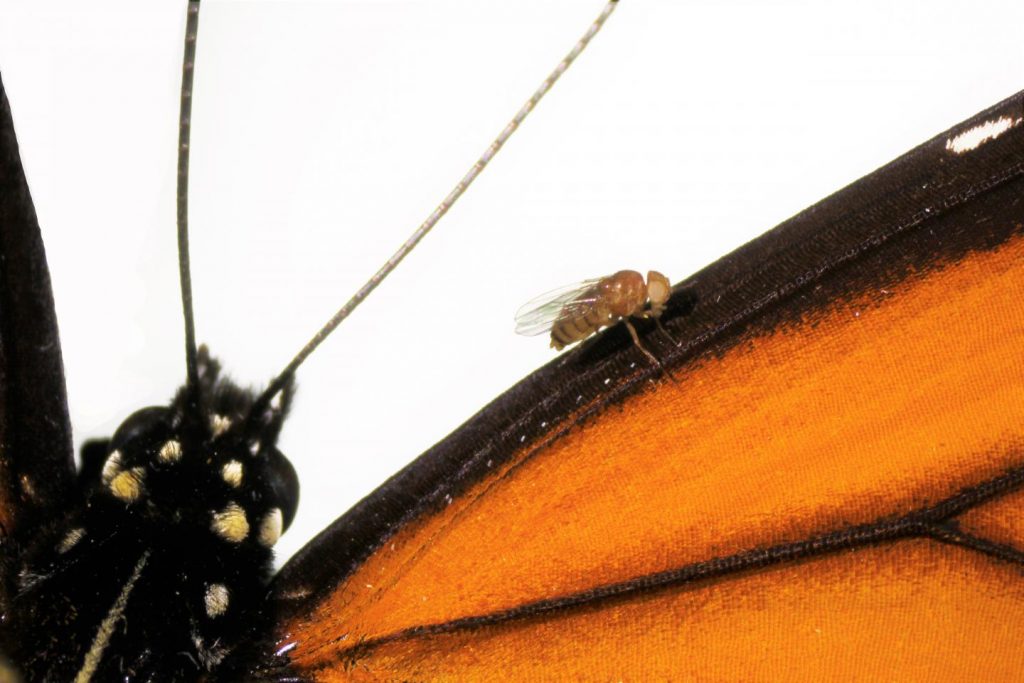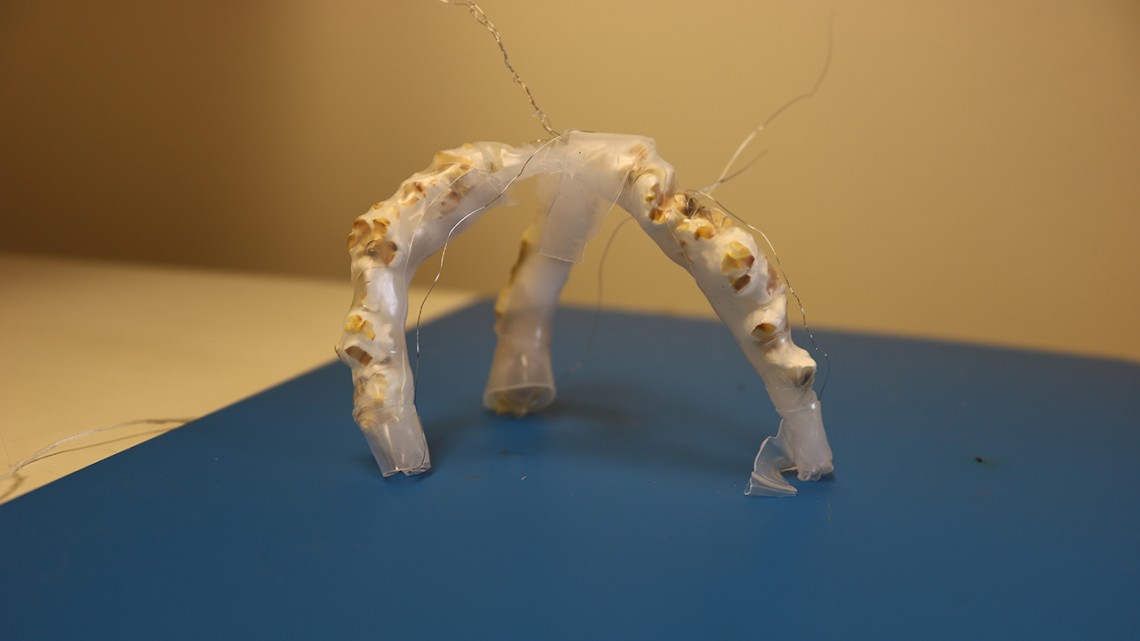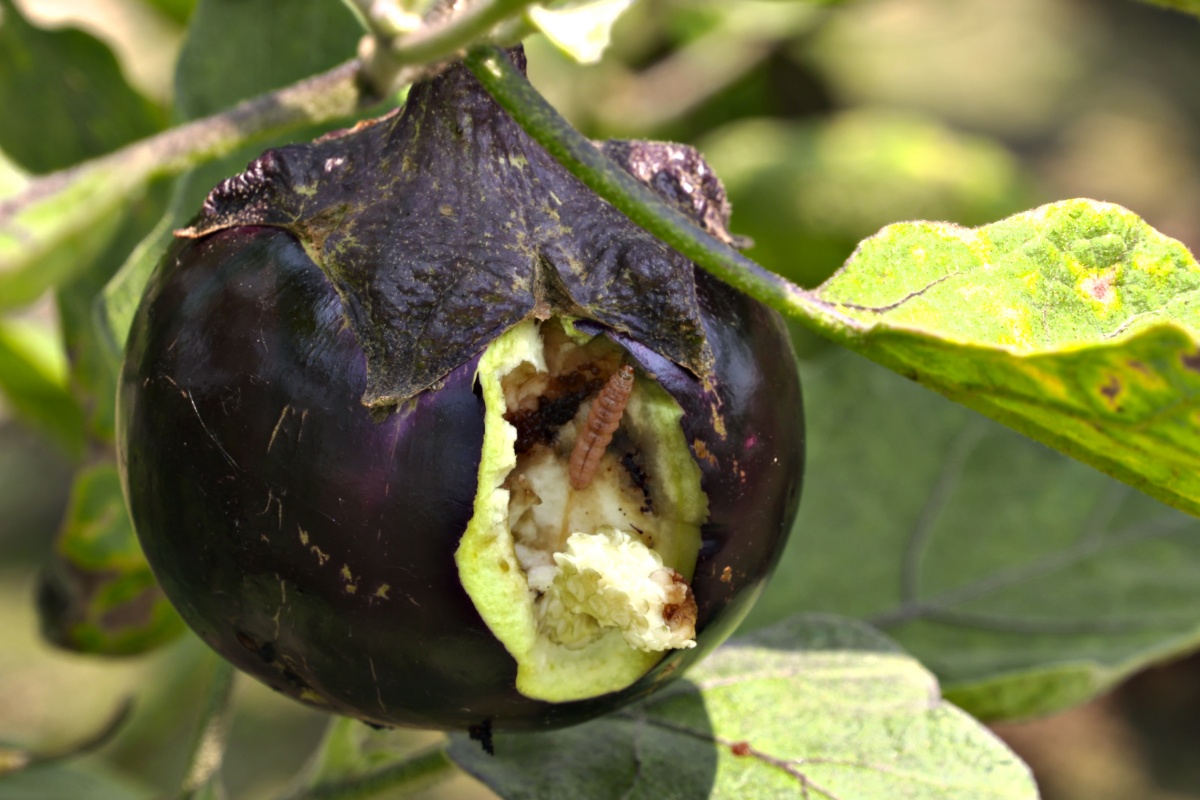This posting started out with two items and then, it became more. If you’re interested in marine bioacoustics especially the work that’s been announced in the last four months, read on.
Fish songs
This item is about how fish sounds (songs) signify successful coral reef restoration got coverage on BBC (British Broadcasting Corporation), CBC (Canadian Broadcasting Corporation) and elsewhere. This video is courtesy of the Guardian Newspaper,
Whoops and grunts: ‘bizarre’ fish songs raise hopes for coral reef recovery https://www.theguardian.com/environme…
A December 8, 2021 University of Exeter press release (also on EurekAlert) explains why the sounds give hope (Note: Links have been removed),
Newly discovered fish songs demonstrate reef restoration success
Whoops, croaks, growls, raspberries and foghorns are among the sounds that demonstrate the success of a coral reef restoration project.
Thousands of square metres of coral are being grown on previously destroyed reefs in Indonesia, but previously it was unclear whether these new corals would revive the entire reef ecosystem.
Now a new study, led by researchers from the University of Exeter and the University of Bristol, finds a heathy, diverse soundscape on the restored reefs.
These sounds – many of which have never been recorded before – can be used alongside visual observations to monitor these vital ecosystems.
“Restoration projects can be successful at growing coral, but that’s only part of the ecosystem,” said lead author Dr Tim Lamont, of the University of Exeter and the Mars Coral Reef Restoration Project, which is restoring the reefs in central Indonesia.
“This study provides exciting evidence that restoration really works for the other reef creatures too – by listening to the reefs, we’ve documented the return of a diverse range of animals.”
Professor Steve Simpson, from the University of Bristol, added: “Some of the sounds we recorded are really bizarre, and new to us as scientists.
“We have a lot still to learn about what they all mean and the animals that are making them. But for now, it’s amazing to be able to hear the ecosystem come back to life.”
The soundscapes of the restored reefs are not identical to those of existing healthy reefs – but the diversity of sounds is similar, suggesting a healthy and functioning ecosystem.
There were significantly more fish sounds recorded on both healthy and restored reefs than on degraded reefs.
This study used acoustic recordings taken in 2018 and 2019 as part of the monitoring programme for the Mars Coral Reef Restoration Project.
The results are positive for the project’s approach, in which hexagonal metal frames called ‘Reef Stars’ are seeded with coral and laid over a large area. The Reef Stars stabilise loose rubble and kickstart rapid coral growth, leading to the revival of the wider ecosystem.
Mochyudho Prasetya, of the Mars Coral Reef Restoration Project, said: “We have been restoring and monitoring these reefs here in Indonesia for many years. Now it is amazing to see more and more evidence that our work is helping the reefs come back to life.”
Professor David Smith, Chief Marine Scientist for Mars Incorporated, added: “When the soundscape comes back like this, the reef has a better chance of becoming self-sustaining because those sounds attract more animals that maintain and diversify reef populations.”
Asked about the multiple threats facing coral reefs, including climate change and water pollution, Dr Lamont said: “If we don’t address these wider problems, conditions for reefs will get more and more hostile, and eventually restoration will become impossible.
“Our study shows that reef restoration can really work, but it’s only part of a solution that must also include rapid action on climate change and other threats to reefs worldwide.”
The study was partly funded by the Natural Environment Research Council and the Swiss National Science Foundation.
Here’s a link to and a citation for the paper,
The sound of recovery: Coral reef restoration success is detectable in the soundscape by Timothy A. C. Lamont, Ben Williams, Lucille Chapuis, Mochyudho E. Prasetya, Marie J. Seraphim, Harry R. Harding, Eleanor B. May, Noel Janetski, Jamaluddin Jompa, David J. Smith, Andrew N. Radford, Stephen D. Simpson. Journal of Applied Ecology DOI: https://doi.org/10.1111/1365-2664.14089 First published: 07 December 2021
This paper is open access.
You can find the MARS Coral Reef Restoration Project here.
Fish talk
There is one item here. This research from Cornell University also features the sounds fish make. It’s no surprise given the attention being given to sound that the Cornell Lab of Ornithology is involved. In addition to the lab’s main focus, birds, many other animal sounds are gathered too.
A January 27, 2022 Cornell University news release (also on EurekAlert) describes ‘fish talk’,
There’s a whole lot of talking going on beneath the waves. A new study from Cornell University finds that fish are far more likely to communicate with sound than generally thought—and some fish have been doing this for at least 155 million years. These findings were just published in the journal Ichthyology & Herpetology.
“We’ve known for a long time that some fish make sounds,” said lead author Aaron Rice, a researcher at the K. Lisa Yang Center for Conservation Bioacoustics at the Cornell Lab of Ornithology [emphasis mine]. “But fish sounds were always perceived as rare oddities. We wanted to know if these were one-offs or if there was a broader pattern for acoustic communication in fishes.”The authors looked at a branch of fishes called the ray-finned fishes. These are vertebrates (having a backbone) that comprise 99% of the world’s known species of fishes. They found 175 families that contain two-thirds of fish species that do, or are likely to, communicate with sound. By examining the fish family tree, study authors found that sound was so important, it evolved at least 33 separate times over millions of years.
“Thanks to decades of basic research on the evolutionary relationships of fishes, we can now explore many questions about how different functions and behaviors evolved in the approximately 35,000 known species of fishes,” said co-author William E. Bemis ’76, Cornell professor of ecology and evolutionary biology in the College of Agriculture and Life Sciences. “We’re getting away from a strictly human-centric way of thinking. What we learn could give us some insight on the drivers of sound communication and how it continues to evolve.”The scientists used three sources of information: existing recordings and scientific papers describing fish sounds; the known anatomy of a fish—whether they have the right tools for making sounds, such as certain bones, an air bladder, and sound-specific muscles; and references in 19th century literature before underwater microphones were invented.
“Sound communication is often overlooked within fishes, yet they make up more than half of all living vertebrate species,” said Andrew Bass, co-lead author and the Horace White Professor of Neurobiology and Behavior in the College of Arts and Sciences. “They’ve probably been overlooked because fishes are not easily heard or seen, and the science of underwater acoustic communication has primarily focused on whales and dolphins. But fishes have voices, too!”
Listen:Oyster Toadfish, William Tavolga, Macaulay Library
Longspine squirrelfish, Howard Winn, Macaulay Library
Banded drum, Donald Batz, Macaulay Library
Midshipman, Andrew Bass, Macaulay Library
What are the fish talking about? Pretty much the same things we all talk about—sex and food. Rice says the fish are either trying to attract a mate, defend a food source or territory, or let others know where they are. Even some of the common names for fish are based on the sounds they make, such as grunts, croakers, hog fish, squeaking catfish, trumpeters, and many more.
Rice intends to keep tracking the discovery of sound in fish species and add them to his growing database (see supplemental material, Table S1)—a project he began 20 years ago with study co-authors Ingrid Kaatz ’85, MS ’92, and Philip Lobel, a professor of biology at Boston University. Their collaboration has continued and expanded since Rice came to Cornell.
“This introduces sound communication to so many more groups than we ever thought,” said Rice. “Fish do everything. They breathe air, they fly, they eat anything and everything—at this point, nothing would surprise me about fishes and the sounds that they can make.”
The research was partly funded by the National Science Foundation, the U.S. Bureau of Ocean Energy Management, the Tontogany Creek Fund, and the Cornell Lab of Ornithology.
I’ve embedded one of the audio files, Oyster Toadfish (William Tavolga) here,
Here’s a link to and a citation for the paper,
Evolutionary Patterns in Sound Production across Fishes by Aaron N. Rice, Stacy C. Farina, Andrea J. Makowski, Ingrid M. Kaatz, Phillip S. Lobel, William E. Bemis, Andrew H. Bass. Ichthyology & Herpetology, 110(1):1-12 (2022) DOI: https://doi.org/10.1643/i2020172 20 January 2022
This paper is open access.
Marine sound libraries
Thanks to Aly Laube’s March 2, 2022 article on the DailyHive.com, I learned of Kieran Cox’s work at the University of Victoria and FishSounds (Note: Links have been removed),
Fish have conversations and a group of researchers made a website to document them.
…
It’s so much fun to peruse and probably the good news you need. Listen to a Bocon toadfish “boop” or this sablefish tick, which is slightly creepier, but still pretty cool. This streaked gurnard can growl, and this grumpy Atlantic cod can grunt.
…
The technical term for “fishy conversations” is “marine bioacoustics,” which is what Kieran Cox specializes in. They can be used to track, monitor, and learn more about aquatic wildlife.
The doctor of marine biology at the University of Victoria co-authored an article about fish sounds in Reviews in Fish Biology and Fisheries called “A Quantitative Inventory of Global Soniferous Fish Diversity.”
It presents findings from his process, helping create FishSounds.net. He and his team looked over over 3,000 documents from 834 studies to put together the library of 989 fish species.
…
A March 2, 2022 University of Victoria news release provides more information about the work and the research team (Note: Links have been removed),
Fascinating soundscapes exist beneath rivers, lakes and oceans. An unexpected sound source are fish making their own unique and entertaining noise from guttural grunts to high-pitched squeals. Underwater noise is a vital part of marine ecosystems, and thanks to almost 150 years of researchers documenting those sounds we know hundreds of fish species contribute their distinctive sounds. Although fish are the largest and most diverse group of sound-producing vertebrates in water, there was no record of which fish species make sound and the sounds they produce. For the very first time, there is now a digital place where that data can be freely accessed or contributed to, an online repository, a global inventory of fish sounds.
Kieran Cox co-authored the published article about fish sounds and their value in Reviews in Fish Biology and Fisheries while completing his Ph.D in marine biology at the University of Victoria. Cox recently began a Liber Ero post-doctoral collaboration with Francis Juanes that aims to integrate marine bioacoustics into the conservation of Canada’s oceans. Liber Ero program is devoted to promoting applied and evidence-based conservation in Canada.
The international group of researchers includes UVic, the University of Florida, Universidade de São Paulo, and Marine Environmental Research Infrastructure for Data Integration and Application Network (MERIDIAN) [emphasis mine] have launched the first ever, dedicated website focused on fish and their sounds: FishSounds.net. …
According to Cox, “This data is absolutely critical to our efforts. Without it, we were having a one-sided conversation about how noise impacts marine life. Now we can better understand the contributions fish make to soundscapes and examine which species may be most impacted by noise pollution.” Cox, an avid scuba diver, remembers his first dive when the distinct sound of parrotfish eating coral resonated over the reef, “It’s thrilling to know we are now archiving vital ecological information and making it freely available to the public, I feel like my younger self would be very proud of this effort.” …
There’s also a March 2, 2022 University of Florida news release on EurekAlert about FishSounds which adds more details about the work (Note: Links have been removed),
Cows moo. Wolves howl. Birds tweet. And fish, it turns out, make all sorts of ruckus.
“People are often surprised to learn that fish make sounds,” said Audrey Looby, a doctoral candidate at the University of Florida. “But you could make the case that they are as important for understanding fish as bird sounds are for studying birds.”
The sounds of many animals are well documented. Go online, and you’ll find plenty of resources for bird calls and whale songs. However, a global library for fish sounds used to be unheard of.
That’s why Looby, University of Victoria collaborator Kieran Cox and an international team of researchers created FishSounds.net, the first online, interactive fish sounds repository of its kind.
…
“There’s no standard system yet for naming fish sounds, so our project uses the sound names researchers have come up with,” Looby said. “And who doesn’t love a fish that boops?”
The library’s creators hope to add a feature that will allow people to submit their own fish sound recordings. Other interactive features, such as a world map with clickable fish sound data points, are also in the works.
Fish make sound in many ways. Some, like the toadfish, have evolved organs or other structures in their bodies that produce what scientists call active sounds. Other fish produce incidental or passive sounds, like chewing or splashing, but even passive sounds can still convey information.
Scientists think fish evolved to make sound because sound is an effective way to communicate underwater. Sound travels faster under water than it does through air, and in low visibility settings, it ensures the message still reaches an audience.
“Fish sounds contain a lot of important information,” said Looby, who is pursuing a doctorate in fisheries and aquatic sciences at the UF/IFAS College of Agricultural and Life Sciences. “Fish may communicate about territory, predators, food and reproduction. And when we can match fish sounds to fish species, their sounds are a kind of calling card that can tell us what kinds of fish are in an area and what they are doing.”
Knowing the location and movements of fish species is critical for environmental monitoring, fisheries management and conservation efforts. In the future, marine, estuarine or freshwater ecologists could use hydrophones — special underwater microphones — to gather data on fish species’ whereabouts. But first, they will need to be able to identify which fish they are hearing, and that’s where the fish sounds database can assist.
FishSounds.net emerged from the research team’s efforts to gather and review the existing scientific literature on fish sounds. An article synthesizing that literature has just been published in Reviews in Fish Biology and Fisheries.
In the article, the researchers reviewed scientific reports of fish sounds going back almost 150 years. They found that a little under a thousand fish species are known to make active sounds, and several hundred species were studied for their passive sounds. However, these are probably both underestimates, Cox explained.
…
Here’s a link to and a citation for the paper,
A quantitative inventory of global soniferous fish diversity by Audrey Looby, Kieran Cox, Santiago Bravo, Rodney Rountree, Francis Juanes, Laura K. Reynolds & Charles W. Martin. Reviews in Fish Biology and Fisheries (2022) DOI: https://doi.org/10.1007/s11160-022-09702-1 Published 18 February 2022
This paper is behind a paywall.
Finally, there’s GLUBS. A comprehensive February 27, 2022 Rockefeller University news release on EurekAlert announces a proposal for the Global Library of Underwater Biological Sounds (GLUBS), Note 1: Links have been removed; Note 2: If you’re interested in the topic, I recommend reading either the original February 27, 2022 Rockefeller University news release with its numerous embedded images, audio files, and links to marine audio libraries,
Of the roughly 250,000 known marine species, scientists think all ~126 marine mammals emit sounds – the ‘thwop’, ‘muah’, and ‘boop’s of a humpback whale, for example, or the boing of a minke whale. Audible too are at least 100 invertebrates, 1,000 of the world’s 34,000 known fish species, and likely many thousands more.
Now a team of 17 experts from nine countries has set a goal [emphasis mine] of gathering on a single platform huge collections of aquatic life’s tell-tale sounds, and expanding it using new enabling technologies – from highly sophisticated ocean hydrophones and artificial intelligence learning systems to phone apps and underwater GoPros used by citizen scientists.
The Global Library of Underwater Biological Sounds, “GLUBS,” will underpin a novel non-invasive, affordable way for scientists to listen in on life in marine, brackish and freshwaters, monitor its changing diversity, distribution and abundance, and identify new species. Using the acoustic properties of underwater soundscapes can also characterize an ecosystem’s type and condition.
…
“A database of unidentified sounds is, in some ways, as important as one for known sources,” the scientists say. “As the field progresses, new unidentified sounds will be collected, and more unidentified sounds can be matched to species.”
This can be “particularly important for high-biodiversity systems such as coral reefs, where even a short recording can pick up multiple animal sounds.”
Existing libraries of undersea sounds (several of which are listed with hyperlinks below) “often focus on species of interest that are targeted by the host institute’s researchers,” the paper says, and several are nationally-focussed. Few libraries identify what is missing from their catalogs, which the proposed global library would.
“A global reference library of underwater biological sounds would increase the ability for more researchers in more locations to broaden the number of species assessed within their datasets and to identify sounds they personally do not recognize,” the paper says.
…
The scientists note that listening to the sea has revealed great whales swimming in unexpected places, new species and new sounds.
With sound, “biologically important areas can be mapped; spawning grounds, essential fish habitat, and migration pathways can be delineated…These and other questions can be queried on broader scales if we have a global catalog of sounds.”
Meanwhile, comparing sounds from a single species across broad areas and times helps understand their diversity and evolution.
Numerous marine animals are cosmopolitan, the paper says, “either as wide-roaming individuals, such as the great whales, or as broadly distributed species, such as many fishes.”
Fin whale calls, for example, can differ among populations in the Northern and Southern hemispheres, and over seasons, whereas the call of pilot whales are similar worldwide, even though their home ranges do not (or no longer) cross the equator.
Some fishes even seem to develop geographic ‘dialects’ or completely different signal structures among regions, several of which evolve over time.
Madagascar’s skunk anemonefish … , for example, produces different agonistic (fight-related) sounds than those in Indonesia, while differences in the song of humpback whales have been observed across ocean basins.
…
Phone apps, underwater GoPros and citizen science
Much like BirdNet and FrogID, a library of underwater biological sounds and automated detection algorithms would be useful not only for the scientific, industry and marine management communities but also for users with a general interest.
“Acoustic technology has reached the stage where a hydrophone can be connected to a mobile phone so people can listen to fishes and whales in the rivers and seas around them. Therefore, sound libraries are becoming invaluable to citizen scientists and the general public,” the paper adds.
And citizen scientists could be of great help to the library by uploading the results of, for example, the River Listening app (www.riverlistening.com), which encourages the public to listen to and record fish sounds in rivers and coastal waters.
Low-cost hydrophones and recording systems (such as the Hydromoth) are increasingly available and waterproof recreational recording systems (such as GoPros) can also collect underwater biological sounds.
…
Here’s a link to and a citation for the paper,
Sounding the Call for a Global Library of Underwater Biological Sounds by Miles J. G. Parsons, Tzu-Hao Lin, T. Aran Mooney, Christine Erbe, Francis Juanes, Marc Lammers, Songhai Li, Simon Linke, Audrey Looby, Sophie L. Nedelec, Ilse Van Opzeeland, Craig Radford, Aaron N. Rice, Laela Sayigh, Jenni Stanley, Edward Urban and Lucia Di Iorio. Front. Ecol. Evol., 08 February 2022 DOI: https://doi.org/10.3389/fevo.2022.810156 Published: 08 February 2022.
This paper appears to be open access.







